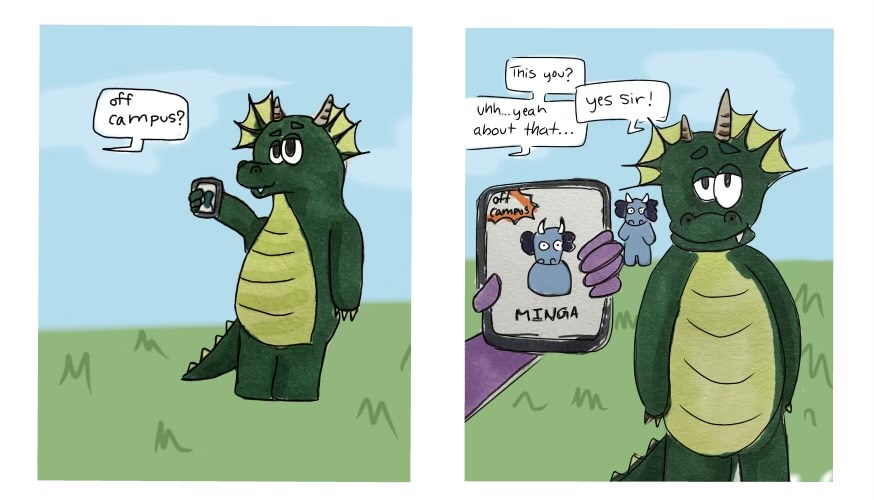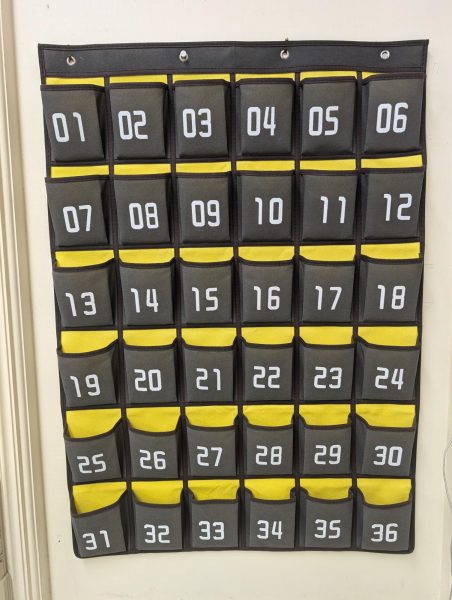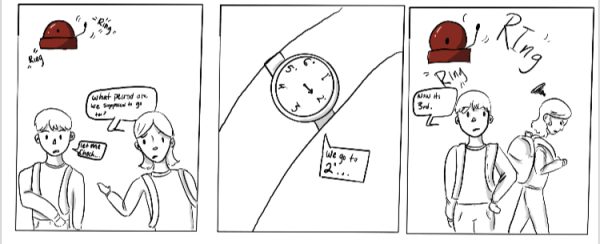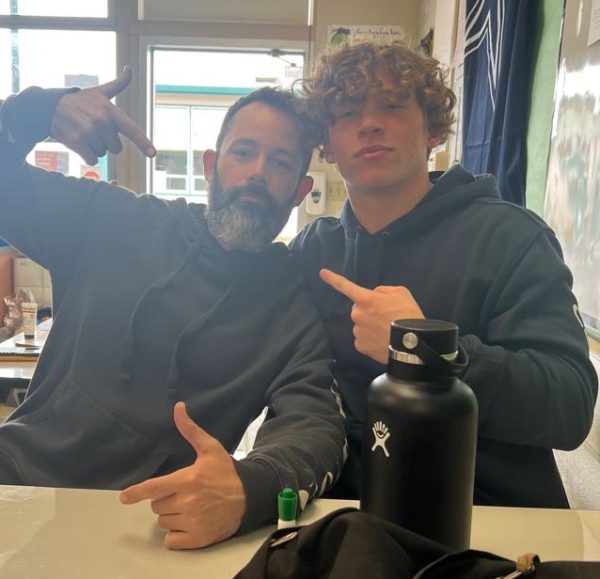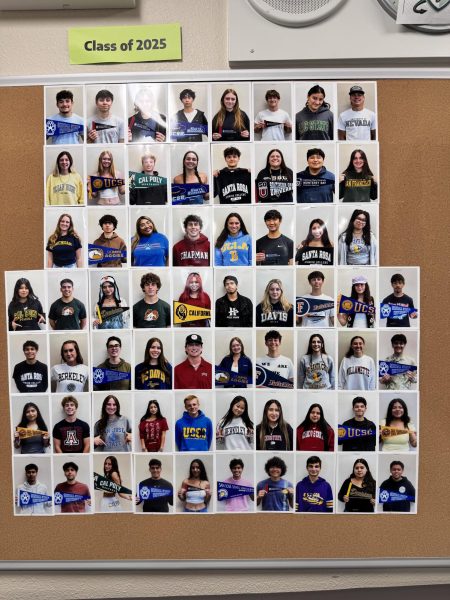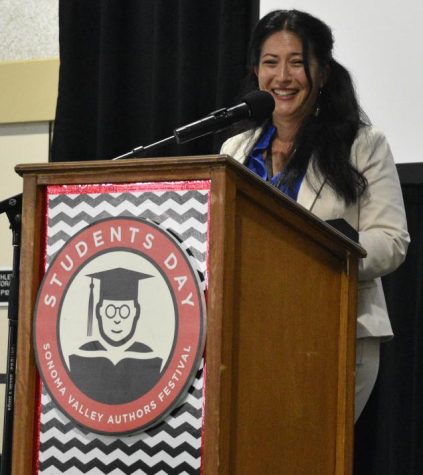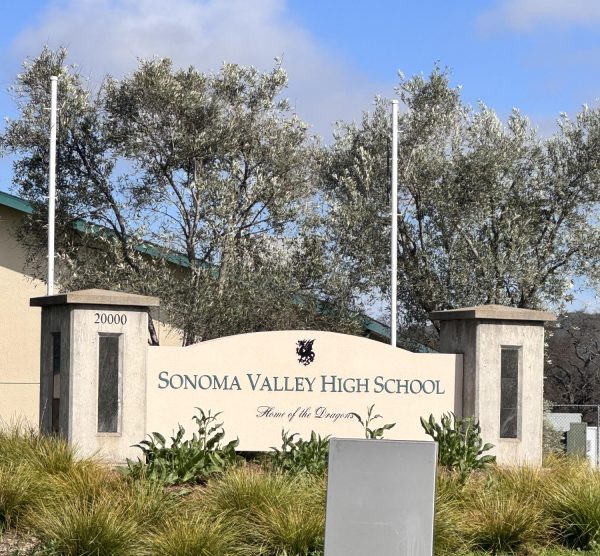Minga: Helpful or Unnecessary?
Students arrived on campus on the first day to find an annoyance waiting for those wanting to use the bathroom. Minga has become both common practice in the school and a topic of extreme debate amongst the school population.
Minga is an app, installed on all Chromebooks and most students’ phones, that acts as a digital ID card and as the web surface that facilitates the process to start a hall pass. Before using the bathroom, students have to ask their teacher permission, take out their Chromebooks, navigate to the Minga website, log in, and then select a bathroom pass, starting their 8-minute countdown to use the restroom.
It is used to track how often students use the restroom, hoping to prevent students from cutting class or using the bathroom several times a class. But, even with Minga, these issues are prevalent every day, as many students still stay away from class after using the bathroom.
While it seems like a simple task, the process is disruptive in nature and does not serve its purpose well enough to be an efficient solution schoolwide. It interferes with class more than an easy gesture to ask to use the bathroom. Minga is also too laborious for something as necessary as using the bathroom as it takes time to complete the process, and possible internet problems can occur. Additionally, it can interrupt the teacher more so than a raised hand would, possibly impeding the flow of the class.
Many students voice their opinions on such problems, as many describe Minga saying it “sucks.” Alex Hipkiss, senior, notes that it feels “unnecessary at some points,” referring to the restroom process. While the campus supervisors do favor Minga, supervisor Dan Dayao comments that Minga is “sometimes glitchy.”
This is the main area where Minga falls short in efficacy, bathroom purposes. But, Minga is a money-saver for the district as instead of having to make new plastic ID cards every grading period, the didgital ID’s are electronically updated.
Peyton Rosa, senior, says, “I think it is a better solution for ID cards” noting the plastic it saves. Minga may be better for ID cards and off-campus purposes, but it is simply too much of an annoyance for students wanting to use the restroom.
The solution to monitoring bathroom use is increasing the supervision of students and ensuring students are going back to class via campus supervisors. Additionally, teachers can enforce consequences, if students are voluntarily staying away from class without a specific request. This would eliminate the need to track students through Minga, which has become a controversial issue among the student body.
If we can stop the use of Minga where it is unnecessary, and keep the functional ID cards, SVHS can find an optimal combination to make the function of the school cleaner and more effective.

What's up Dragons! I am thrilled to check into my first year on the Dragon's Tale staff. My love for anything sports, school, and journalism will be hallmarks...

Hi there! As a senior, I am excited to begin my journey as a writer for the Dragon's Tale. I am interested in all kinds of sports; however, volleyball...

Good day Dragons! My name is Emma Griffith, this is my second year in the newspaper, and I will be the new editor for photography and art!! It still never...


